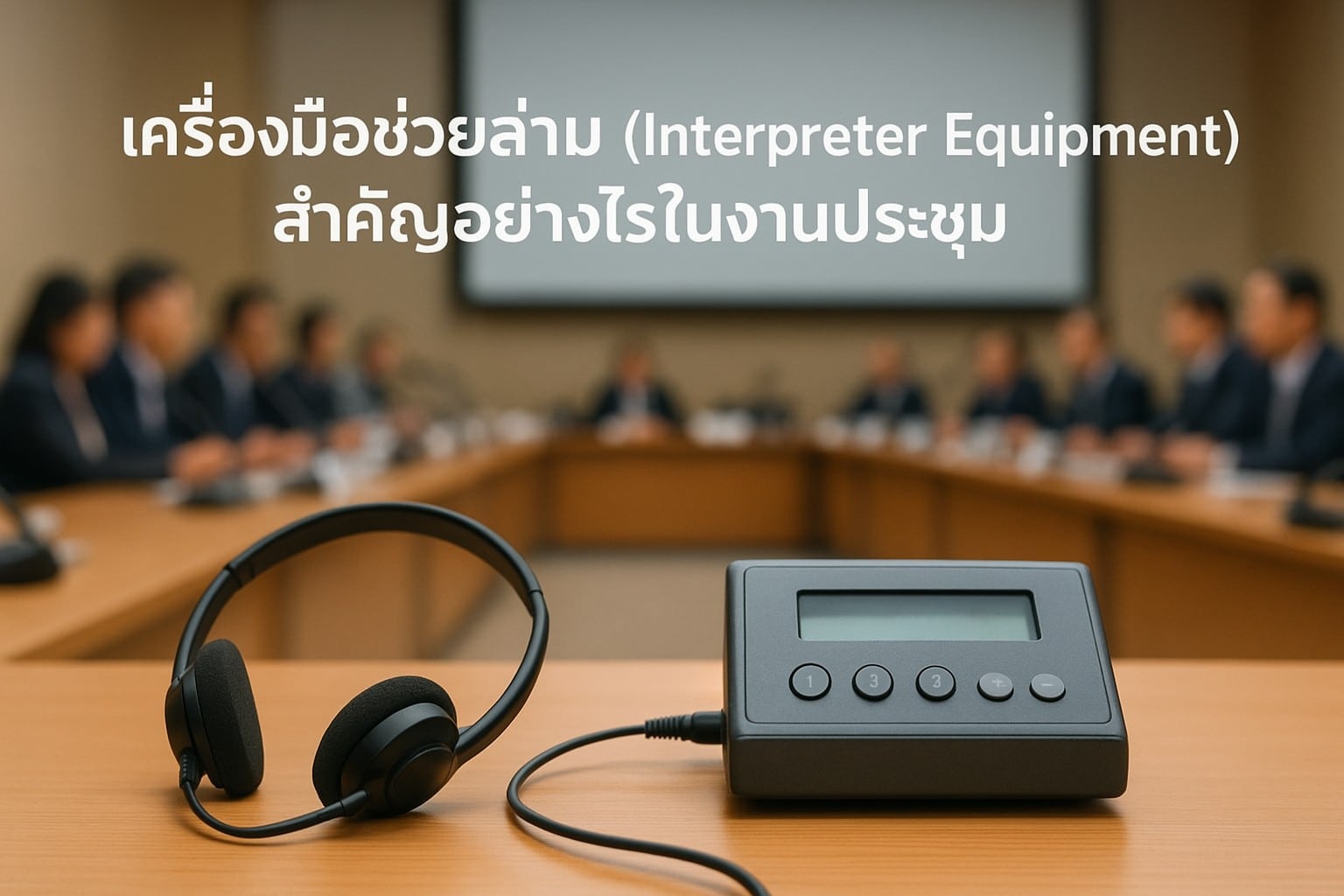
Consecutive Interpreting & Pro Note-Taking Techniques
Consecutive Interpreting & Pro Note-Taking Techniques
Consecutive interpreting is a common form of interpretation where the interpreter listens to a segment of the speaker’s message and then conveys it into another language after the speaker pauses. It’s typically used in business meetings, press conferences, interviews, and diplomatic settings, where precision and tone matter.
One of the most essential skills in consecutive interpreting is note-taking. Since the interpreter does not translate in real-time, they must retain a substantial amount of information—and this is where effective notes come in.
🔍 Why Note-Taking Is Crucial
Helps the interpreter retain structure and meaning
Supports accuracy and clarity in translation
Reduces reliance on short-term memory
Allows the interpreter to deliver with confidence and fluency
✍️ Pro Note-Taking Techniques for Interpreters
Use Symbols Instead of Full Words
Save time by using your own shorthand system. For example:↑ = increase / ↓ = decrease
$ = money / % = percentage
→ = leads to / ⇄ = comparison
✔ = confirmed / ✖ = rejected
Focus on Key Information
Don’t write everything. Capture:Numbers and figures
Proper nouns (names, places)
Action verbs or changes
Main points, not details
Structure Notes Vertically
Arrange ideas from top to bottom to follow the flow of the speaker’s logic. This helps keep the order clear when you interpret.Leave Space
Leave gaps so you can add missing info or rearrange logic quickly if needed.Practice With Real Content
Use TED Talks, news segments, or speeches to simulate real interpreting conditions. Practice short segments and try interpreting from your notes.
🎯 Real-Life Example
Speaker says:
“Our company plans to invest $5 million in Q4 to expand into Southeast Asia, starting with Vietnam.”
Interpreter’s notes:
$5M → Q4
expand → SEA
start: Vietnam
Interpreted message:
“The company will invest 5 million dollars in the fourth quarter to expand into Southeast Asia, beginning with Vietnam.”
✅ Summary
A skilled consecutive interpreter doesn’t need to memorize every word—they need to listen actively, identify key ideas, and take strategic notes. Effective note-taking allows the interpreter to deliver translations that are clear, accurate, and confident.



